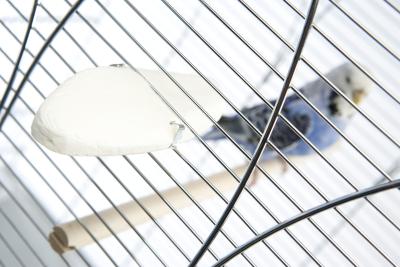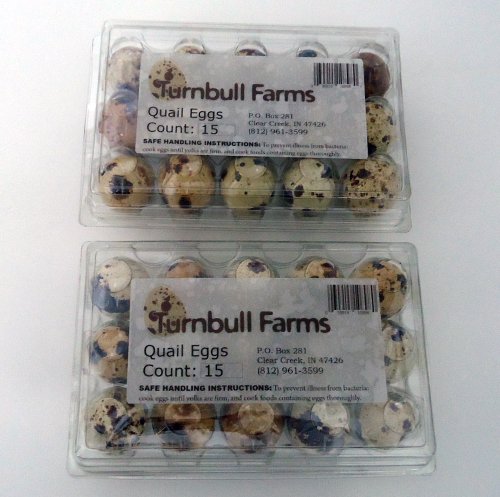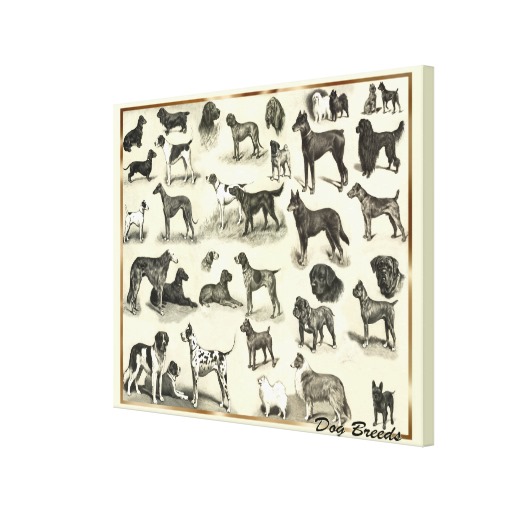Do you hear a click-click-clicking when your pet is trotting down the hallway toward you? If so, your little - or not so little - pet is in serious need of a nail trimming. Many pet owners don't realize the importance of regular nail trimming to their pet's health. If you've been shaking your head over the television ads for the latest pet-care craze, the Pedi Paws, you might be surprised to learn just how important it is to keep your dog, cat or other pet's nails carefully trimmed.
Why your dog needs regular nail trims
That clicking you hear when your pup walks across the tile or wood floor could be doing far more damage than you think, and not only to your gorgeous floors. Neglecting your pet's nails can have some unexpected serious consequences for your dog. The dog injuries that result from untrimmed nails range from torn nails to arthritis.
A dog's nails curve as they grow out. If they're not trimmed, they'll eventually curl under the foot where they can dig into sensitive paw pads and cause pain. Dew claws are even more prone to this kind of curling and growing in. If you've ever had an ingrown toenail, you can imagine how painful that is for your poor pup.
Even worse, dogs actually walk on their toes. When their nails dig painfully into their paw pads, they tend to compensate for the difficulty walking by resting their weight further back on the paw. That awkward gait puts stress and strain on all the other muscles and joints. Just as wearing the wrong shoes can result in backaches and sore knees in humans, trying to walk with uncomfortably long nails can cause joint pain and discomfort for your dog. In the worst case scenario, it can contribute to the development of arthritis and other joint problems.
In addition, long nails are more likely to be torn or injured by impact or by catching in carpets, sweaters or upholstery. When that happens, the outer enamel of the nail can tear away and expose the inner tissue, called the quick. The quick is a fleshy bit of nerve and tissue that grows outward from the bone and is surrounded by the keratin that forms the claw and nail. The quick inside is easily injured, and when it's deprived of its protective keratin, it's prone to infection that can travel into the dog's foot and blood. Regular trimming reduces the chance of injury and infection.
Your cat needs regular nail trimming, too
Like dogs, cats have claws that grow in a curve and can curl under their paw pads if they're left untrimmed. Trimming a cat's claws offers extra benefits, though. Cats are notorious for destroying furniture by using the upholstery as a scratching post. Scratching is an instinctive behavior, and while most people think the intent is to sharpen the claws, there's another reason that cats scratch your furniture. They have scent pads in their feet, and scratching is a way to mark their territory.
Because the scratching is so destructive, many owners of indoor cats used to choose to de-claw their kittens. The practice has been falling out of favor in recent years, though, because it leaves the cat defenseless if it happens to get outside. It's actually illegal in many European countries, and there is a push to make it illegal in the United States.
Trimming your kitten's claws is one far easier solution to the scratching problem. When you keep your cat's claws trimmed short, it actually reduces the urge for them to claw furniture. Removing the sharp point also allows the cat to "scratch" without destroying furniture and upholstery. In addition, keeping the claws trimmed reduces the chance that your cat will catch a claw in the screen or upholstery and injure itself trying to get away.
Rabbits, birds and small animals also need nail trimming
Few people think of birds and nail trimming in the same breath, but many birds can be handicapped if their nails are allowed to grow too long. Birds use their claws for perching. When the nails are allowed to grow long and gnarled, it interferes with their ability to perch safely. In addition, long nails can easily catch in carpeting and clothing, with the risk of injuring the nail or the toe when trying to pull away.
Rabbits, guinea pigs and other exotic small pets also need regular mail trimming to prevent injuries both to themselves and their owners.
No matter what kind of pets you own, you have two choices when it comes to trimming their nails. The first is to have it done professionally by your veterinarian or pet groomer. Depending on the part of the country in which you live, that will cost you $8 to $15 every few weeks. Your other choice is to trim your pet's nails at home. There are a number of tools on the market that can help you trim your pet's nails easily at home. The newest pet grooming tool on the market is the Pedi Paws pet nail trimmer, which makes trimming pets' nails easy and painless for both pet and owner.

 Homemade Bird Perch
Homemade Bird Perch
Homemade Bird Perc
Homemade Bird Perch
Homemade Bird Perch
Homemade Bird Perc
 Raising Quail As Meat Birds
Quail meat i
Raising Quail As Meat Birds
Quail meat i
 Bird on a Branch: The Great Blue Heron
Credit: Anrod52 Photos
A Great Blue Heron is a
Bird on a Branch: The Great Blue Heron
Credit: Anrod52 Photos
A Great Blue Heron is a
 Pet Varieties That Dont Drop
Aside from serious behavioral problems, such as aggression,
Pet Varieties That Dont Drop
Aside from serious behavioral problems, such as aggression,
 Brinsea Spot Check Thermometer
Highly Accurate Digital Spot
Brinsea Spot Check Thermometer
Highly Accurate Digital Spot